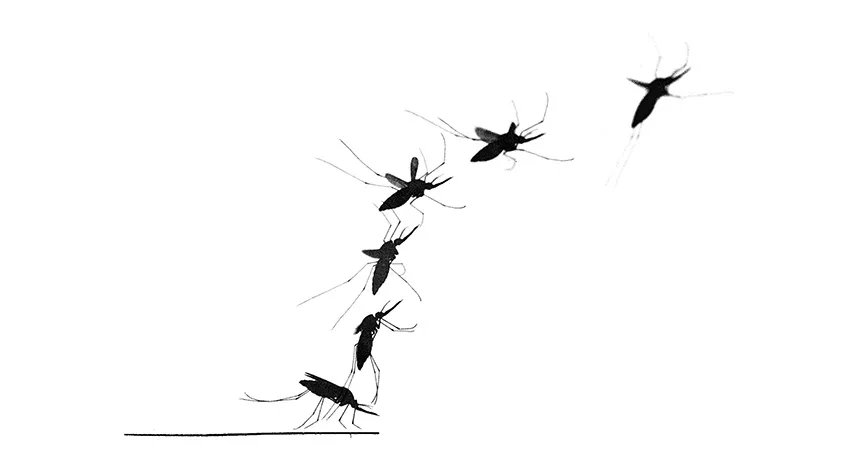
UP AND AWAY A blood-bloated mosquito gets more than 60 percent of its takeoff force from its wings, helping it hoist its heavy body into the air and fly away undetected, as seen in this photomontage.
Florian Muijres/Wageningen Univ.

UP AND AWAY A blood-bloated mosquito gets more than 60 percent of its takeoff force from its wings, helping it hoist its heavy body into the air and fly away undetected, as seen in this photomontage.
Florian Muijres/Wageningen Univ.